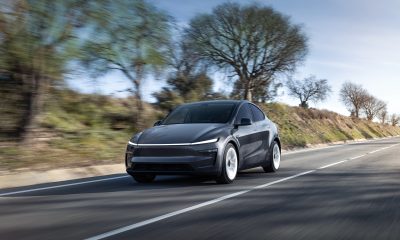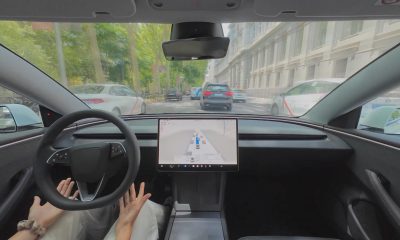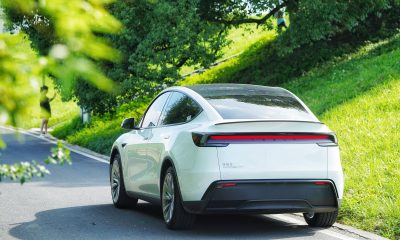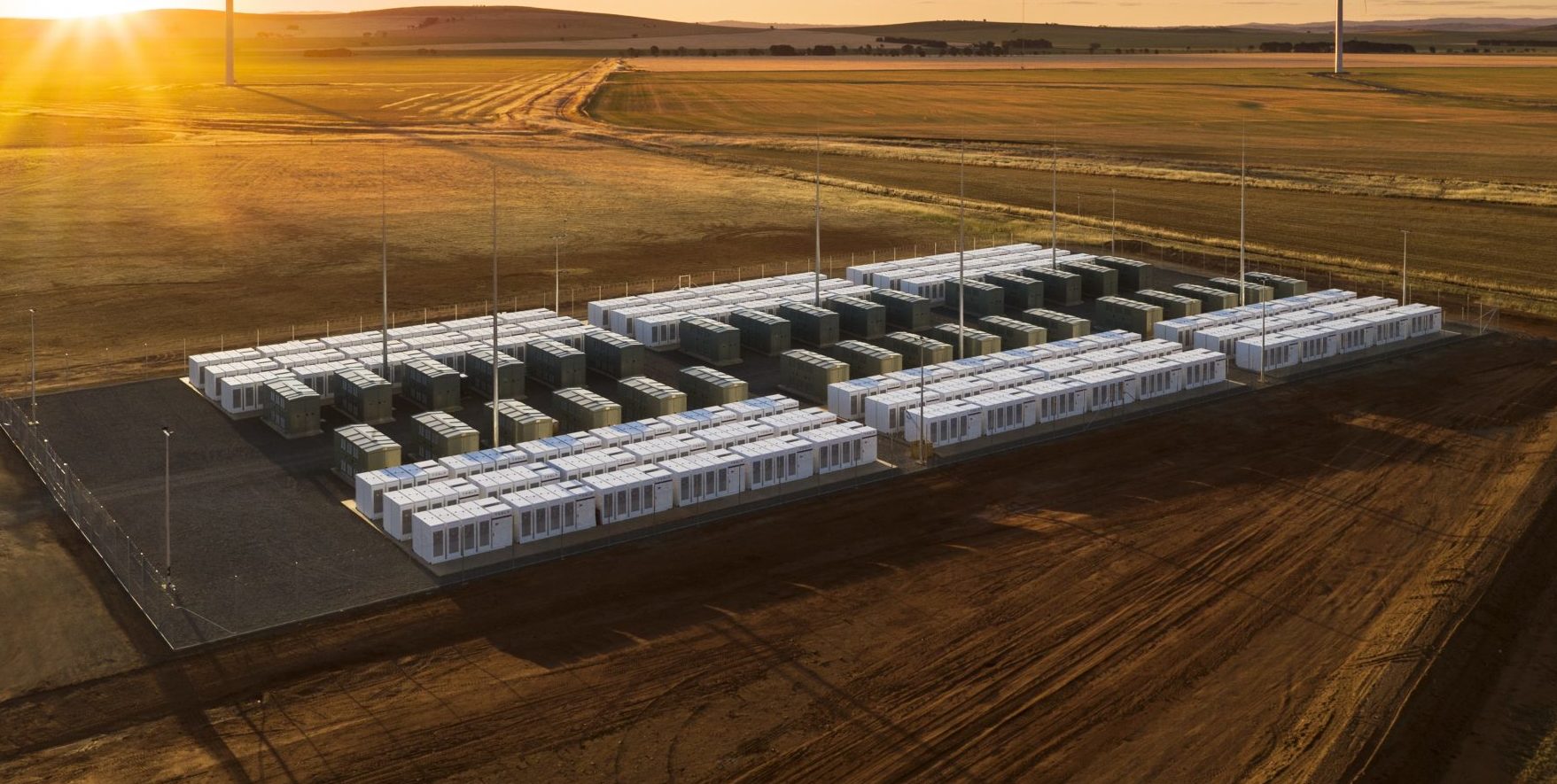

Energy
Tesla’s Powerpack battery farm starts killing fossil fuel backup plants in Australia
Since going online last year, Tesla’s Powerpack farm in South Australia has established a reputation for being a quick, clean, and efficient backup to the region’s beleaguered energy grid. As the big battery continues to prove its critics wrong, the Australian Energy Market Operator (AEMO) has announced that it would no longer be needing the services of several fossil fuel-powered plants, which supported the grid prior to the arrival of the Tesla Powerpack Farm.
AEMO’s recent initiative closes the page on a three-year-old requirement for 35 MW of Frequency Control Ancillary Services (FCAS) to be provided in South Australia during instances when the state’s grid is at risk of separating from the national grid, ensuring that the state’s grid could operate safely and securely by itself. In an announcement on Thursday, the AEMO acknowledged that the energy landscape in the region has changed during the past year.
“The operation of SA has changed significantly over the past 12 months. Synchronous unit requirements (for SA system strength) and the installation of the Hornsdale battery have ensured regulation FCAS is more readily available post-islanding of SA. Hence this requirement is no longer considered necessary,” AEMO noted.
Prior to the installation of the Tesla Powerpack farm, the local providers of FCAS turned the South Australian energy grid into a booming business. The providers, which utilize fossil fuel-powered plants, kept the price of FCAS in the state extremely high, rising nearly 100-fold to the market cap of $14,000/MWh. At one point, the cost of South Australia’s FCAS rose to around $6 million a day, and considering the strain on the region’s energy grid; the state ended up paying more than $100 million in 2016 and 2017.
The Tesla big battery, officially named as the Hornsdale Power Reserve, disrupted the market when it went online. With the Powerpack farm present, gas generators were unable to dictate the price of backup energy services. The battery farm also proved that it was quicker, more flexible, more accurate, and even more cost-effective than fossil fuel-powered plants.
The Powerpack farm’s capabilities were put to the test in late August, after twin lightning strikes resulted in the failure of two major transmission lines linking Queensland and New South Wales. The results of the lightning strikes were notable — the South Australia and Queensland grids were separated and there were widespread power losses in NSW, Tasmania, and Victoria. In South Australia, there was no loss of power, and no failure of generators due to the fast response of the Tesla Powerpack farm.
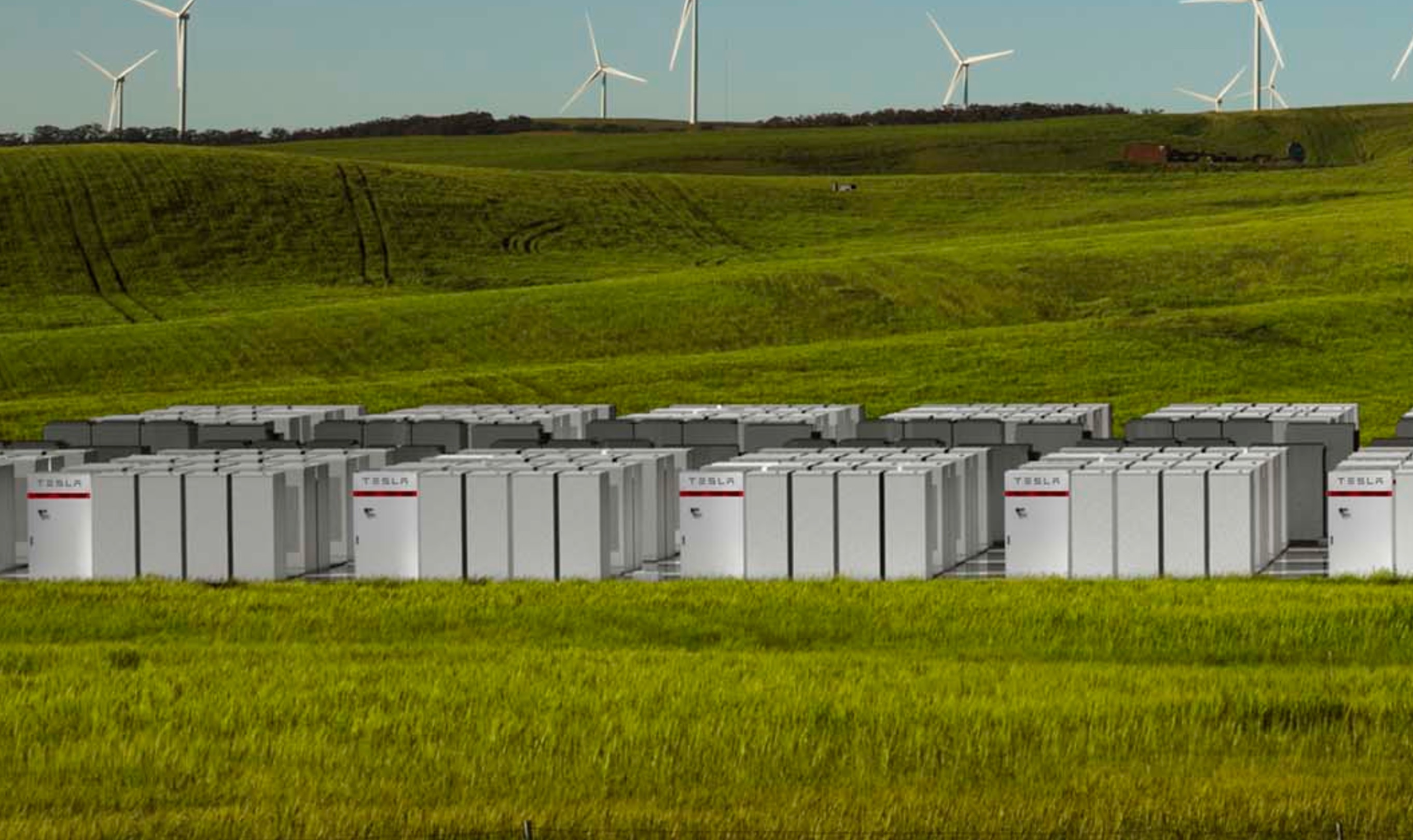
The feats of the Horsndale Power Reserve has triggered an energy movement in Australia, becoming the frontliner in AEMO’s contingencies against major faults and disturbances to the grid. New battery-based projects are currently underway in several other areas, such as Dalrymple North in South Australia, at the Ganawarra solar farm, and a Ballarat network junction in Victoria. In a statement to Renew Economy, Christian Schaefer, AEMO’s head of system capability, noted that the region’s move away from fossil fuel-powered backup plants is a step in the right direction.
“This is a good news story. The work that our engineers in the AEMO team have done shows that we can continue to operate South Australia in a stable and secure manner. Hornsdale has had a significant impact on the South Australia system, and we have got new batteries coming online with Victoria and South Australia. That is really positive. It shows that all parts of the industry — networks, generators, the renewable sector, battery providers and regulators — are getting behind this and showing an interest in what has been done,” he said.
Tesla Energy does not make as many headlines as the company’s electric car business, but the business is in a constant process of growth. In a recent statement, billionaire investor Ron Baron noted that he expects Tesla’s electric car and energy business to be equally worth $500 billion each by 2030. Tesla CTO JB Straubel, for his part, has previously teased that Tesla Energy is indeed going after backup peaker plants.
“I think what we’ll see is we won’t build many new peaker plants, if any. Already what we’re seeing happening is the number of new ones being commissioned is drastically lower, and batteries are already outcompeting natural gas peaker plants,” Straubel said.
Energy
Tesla Lathrop Megafactory celebrates massive Megapack battery milestone
The Tesla Megapack is the backbone of Tesla Energy’s battery deployments.
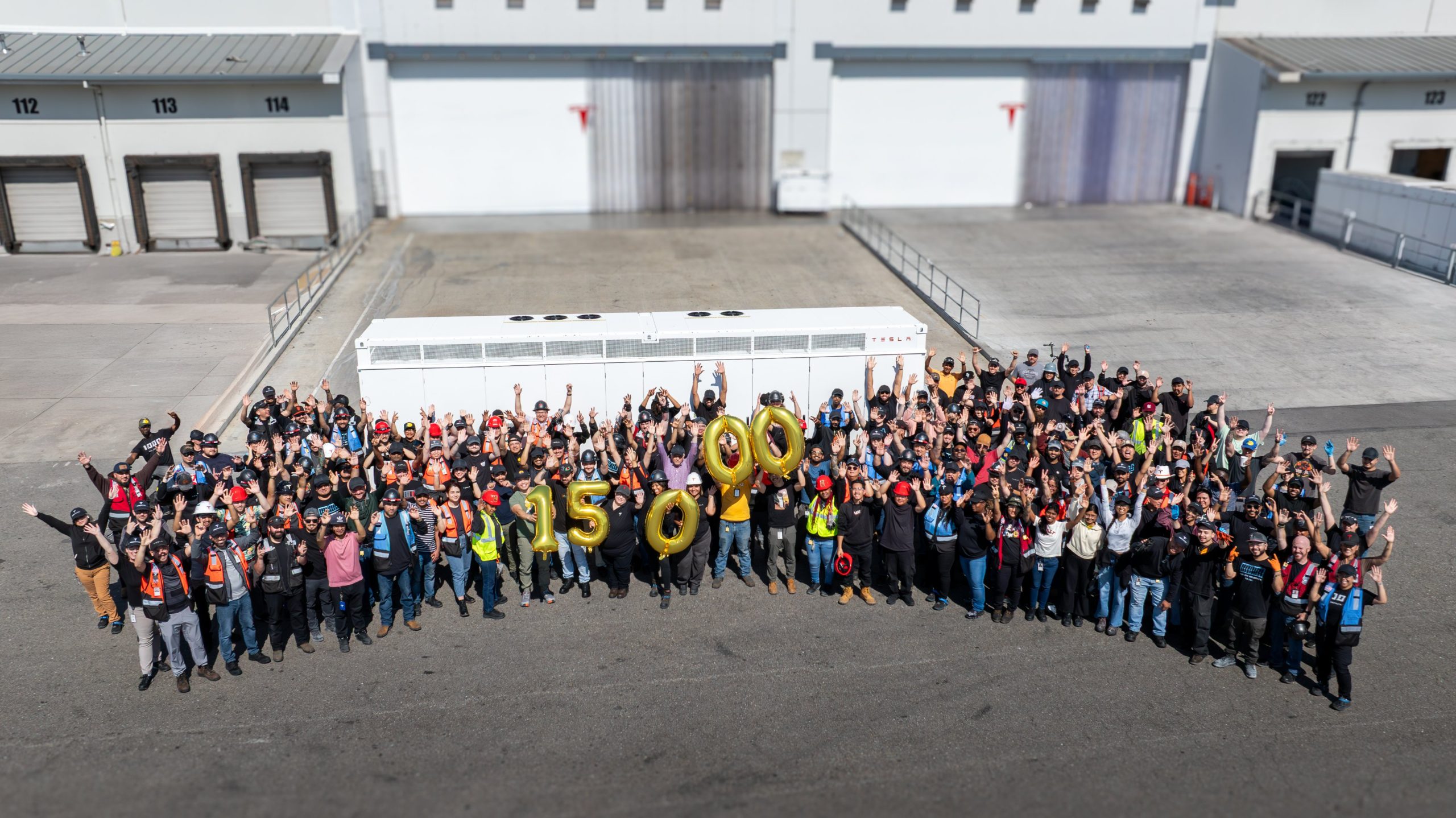
The Tesla Lathrop Megafactory recently achieved a new milestone. As per the official Tesla Megapack account on X, the Lathrop Megafactory has produced its 15,000th Megapack 2 XL battery.
15,000 Megapack Batteries
Tesla celebrated the milestone with a photo of the Lathrop Megafactory team posing with a freshly produced Megapack battery. To commemorate the event, the team held balloons that spelled out “15,000” as they posed for the photo.
The Tesla Megapack is the backbone of Tesla Energy’s battery deployments. Designed for grid-scale applications, each Megapack offers 3.9 MWh of energy and 1.9 MW of power. The battery is extremely scalable, making it perfect for massive energy storage projects.
More Megafactories
The Lathrop Megafactory is Tesla’s first dedicated facility for its flagship battery storage system. It currently stands as the largest utility-scale battery factory in North America. The facility is capable of producing 10,000 Megapack batteries every year, equal to 40 GWh of clean energy storage.
Thanks to the success of the Megapack, Tesla has expanded its energy business by building and launching the Shanghai Megafactory, which is also expected to produce 40 GWh of energy storage per year. The ramp of the Shanghai Megafactory is quite impressive, with Tesla noting in its Q1 2025 Update Letter that the Shanghai Megafactory managed to produce over 100 Megapack batteries in the first quarter alone.
Tesla Energy’s Potential
During the first quarter earnings call, CEO Elon Musk stated that the Megapack is extremely valuable to the energy industry.
“The Megapack enables utility companies to output far more total energy than would otherwise be the case… This is a massive unlock on total energy output of any given grid over the course of a year. And utility companies are beginning to realize this and are buying in our Megapacks at scale,” Musk said.
Energy
Tesla Megapacks powers the xAI Colossus supercomputer
Tesla Megapacks step in to stabilize xAI’s Colossus supercomputer, replacing natural gas turbines. Musk’s ventures keep intertwining.
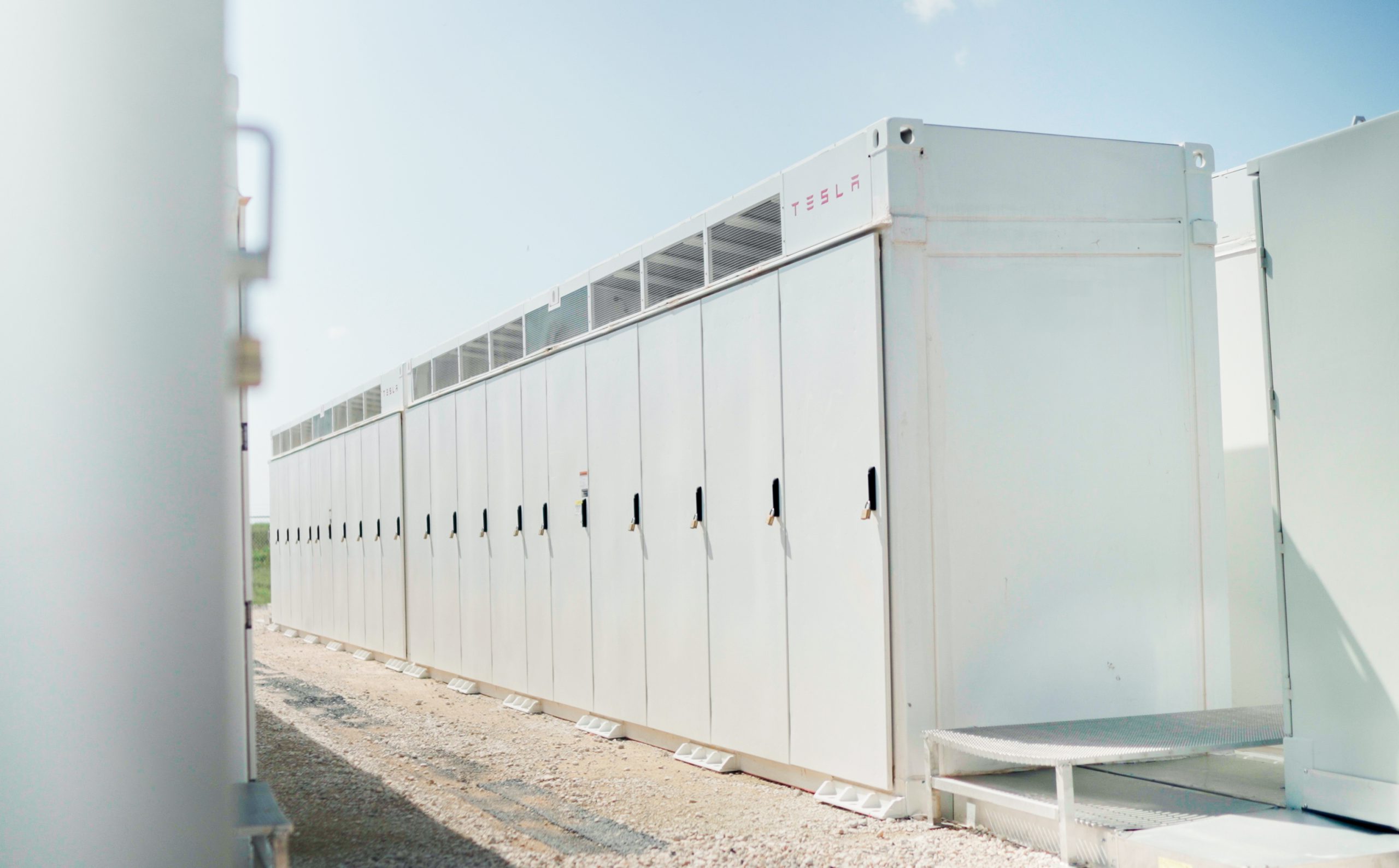
Tesla Megapack batteries will power the xAI Colossus supercomputer in Memphis to ensure power stability. The collaboration between Tesla and xAI highlights the synergy among Elon Musk’s ventures.
The artificial intelligence startup has integrated Tesla Megapacks to manage outages and demand surges, bolstering the facility’s reliability. The Greater Memphis Chamber announced that Colossus, recently connected to a new 150-megawatt electric substation, is completing its first construction phase. This transition addresses criticism from environmental justice groups over the initial use of natural gas turbines.
“The temporary natural gas turbines that were being used to power the Phase I GPUs prior to grid connection are now being demobilized and will be removed from the site over the next two months.
“About half of the operating turbines will remain operating to power Phase II GPUs of xAI until a second substation (#22) already in construction is completed and connected to the electric grid, which is planned for the Fall of 2025, at which time the remaining turbines will be relegated to a backup power role,” the Chamber stated.
xAI’s rapid development of Colossus reflects its ambition to advance AI capabilities, but the project has faced scrutiny for environmental impacts. The shift to Megapacks and grid power aims to mitigate these concerns while ensuring operational continuity.
The Megapack deployment underscores the collaboration among Musk’s companies, including Tesla, SpaceX, Neuralink, and The Boring Company. Tesla appears to be the common link between all of Musk’s companies. For example, The Boring Company built a tunnel in Giga, Texas. In addition, Musk has hinted at a potential collaboration between the Tesla Optimus Bot and Neuralink. And from January 2024 to February 2025, xAI invested $230 million in Megapacks, per a Tesla filing.
Tesla Energy reported a 156% year-over-year increase in Q1 2025, deploying 10.4 GWh of storage products, including Megapacks and Powerwalls. Tesla’s plans for a new Megapack factory in Waller County, Texas, which is expected to create 1,500 jobs in the area, further signal its commitment to scaling energy solutions.
As xAI leverages Tesla’s Megapacks to power Colossus, the integration showcases Musk’s interconnected business ecosystem. The supercomputer’s enhanced stability positions xAI to drive AI innovation, while Tesla’s energy solutions gain prominence, setting the stage for broader technological and economic impacts.
Energy
Tesla Energy celebrates one decade of sustainability
Tesla Energy has gone far since its early days, and it is now becoming a progressively bigger part of the company.
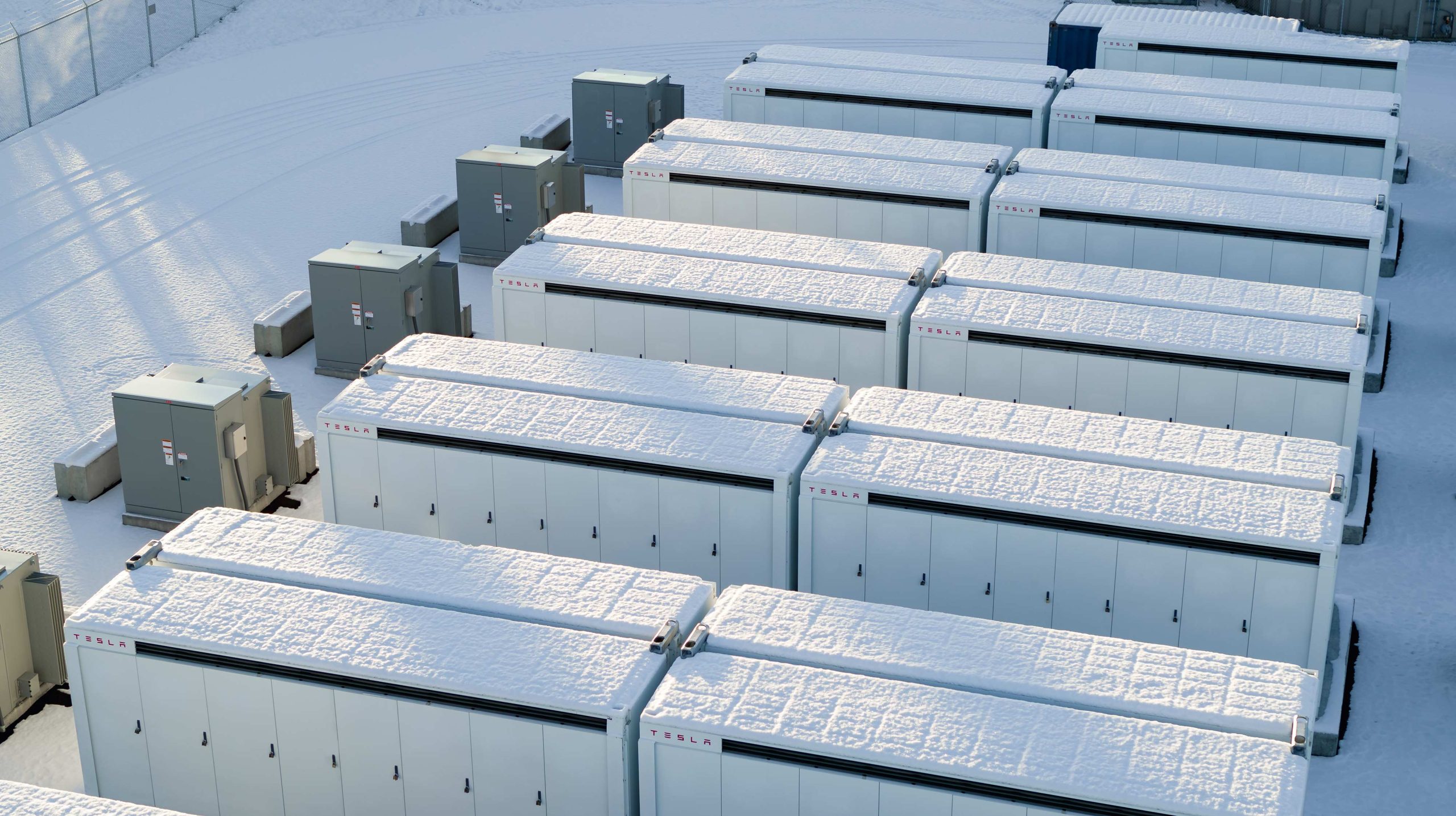
Tesla Energy recently celebrated its 10th anniversary with a dedicated video showcasing several of its milestones over the past decade.
Tesla Energy has gone far since its early days, and it is now becoming a progressively bigger part of the company.
Tesla Energy Early Days
When Elon Musk launched Tesla Energy in 2015, he noted that the business is a fundamental transformation of how the world works. To start, Tesla Energy offered the Powerwall, a 7 kWh/10 kWh home battery system, and the Powerpack, a grid-capable 100 kWh battery block that is designed for scalability. A few days after the products’ launch, Musk noted that Tesla had received 38,000 reservations for the Powerwall and 2,500 reservations for the Powerpack.
Tesla Energy’s beginnings would herald its quiet growth, with the company later announcing products like the Solar Roof tile, which is yet to be ramped, and the successor to the Powerwall, the 13.5 kWh Powerwall 2. In recent years, Tesla Energy also launched its Powerwall 3 home battery and the massive Megapack, a 3.9 MWh monster of a battery unit that has become the backbone for energy storage systems across the globe.
Key Milestones
As noted by Tesla Energy in its recent video, it has now established facilities that allow the company to manufacture 20,000 units of the Megapack every year, which should help grow the 23 GWh worth of Megapacks that have already been deployed globally.
The Powerwall remains a desirable home battery as well, with more than 850,000 units installed worldwide. These translate to 12 GWh of residential entry storage delivered to date. Just like the Megapack, Tesla is also ramping its production of the Powerwall, allowing the division to grow even more.
Tesla Energy’s Role
While Tesla Energy does not catch as much headlines as the company’s electric vehicle businesses, its contributions to the company’s bottom line have been growing. In the first quarter of 2025 alone, Tesla Energy deployed 10.4 GWh of energy storage products. Powerwall deployments also crossed 1 GWh in one quarter for the first time. As per Tesla in its Q1 2025 Update Letter, the gross margin for the Energy division has improved sequentially as well.
-

 Elon Musk4 days ago
Elon Musk4 days agoTesla investors will be shocked by Jim Cramer’s latest assessment
-

 News1 week ago
News1 week agoTesla Robotaxi’s biggest challenge seems to be this one thing
-

 Elon Musk2 weeks ago
Elon Musk2 weeks agoFirst Look at Tesla’s Robotaxi App: features, design, and more
-

 News2 weeks ago
News2 weeks agoWatch Tesla’s first driverless public Robotaxi rides in Texas
-

 News2 weeks ago
News2 weeks agoSpaceX and Elon Musk share insights on Starship Ship 36’s RUD
-

 News1 week ago
News1 week agoWatch the first true Tesla Robotaxi intervention by safety monitor
-

 News2 weeks ago
News2 weeks agoTesla has started rolling out initial round of Robotaxi invites
-

 Elon Musk2 weeks ago
Elon Musk2 weeks agoTesla to launch in India in July with vehicles already arriving: report


